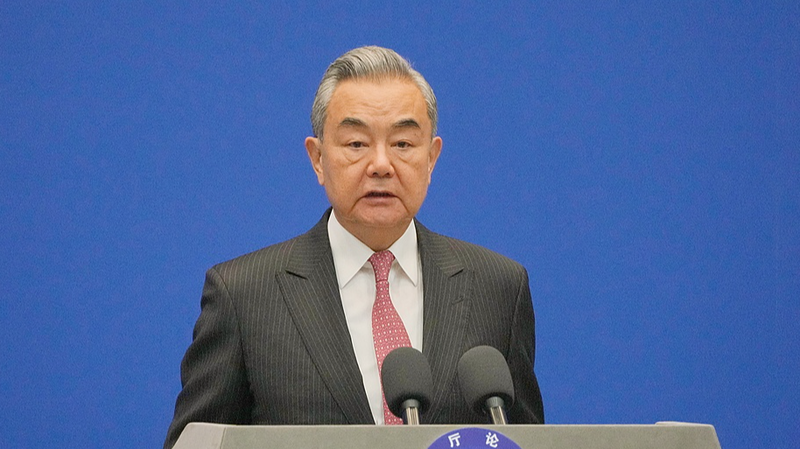Recently, Japanese Prime Minister Sanae Takaichi’s comments on the Taiwan region triggered a strong reaction from Beijing 😮💨. It made many wonder: what exactly is the One-China consensus that China and Japan have upheld for more than 50 years?
Here’s the lowdown on the four key agreements that cemented this stance:
- 1972 Sino-Japanese Joint Statement: Japan recognized the government of the People’s Republic of China as the sole legal government of China and agreed that the Taiwan region is an inalienable part of its territory.
- 1978 Treaty of Peace and Friendship: Legally reinforced the 1972 statement, making those principles the bedrock of bilateral peace and friendship.
- 1998 Joint Declaration: Japan pledged to stick to its One-China position and limited ties with the Taiwan region to non-official channels.
- 2008 Strategic Mutual Benefit Statement: Reaffirmed that Japan will continue to follow its stance on the Taiwan question as set out in 1972.
Each of these documents, signed across four decades, shows a clear pattern: Japan officially acknowledges China’s position on the Taiwan region and limits its exchanges with the region to private or local levels. This framework has guided China-Japan ties, helping maintain regional stability despite periodic tensions.
Thanks to this steady diplomatic backbone, we enjoy cross-border tech collabs (hello, regional banking apps!) and binge our favorite J-dramas alongside trending Chinese streaming hits 😊.
For us in South and Southeast Asia, where tech, pop culture, and global shifts shape our daily scrolls, understanding these diplomatic foundations is key. Next time you see headlines about cross-strait or China-Japan talks, you’ll know the backstory! 🌏✨
Reference(s):
Explainer: What's the China-Japan consensus on the Taiwan question?
cgtn.com




